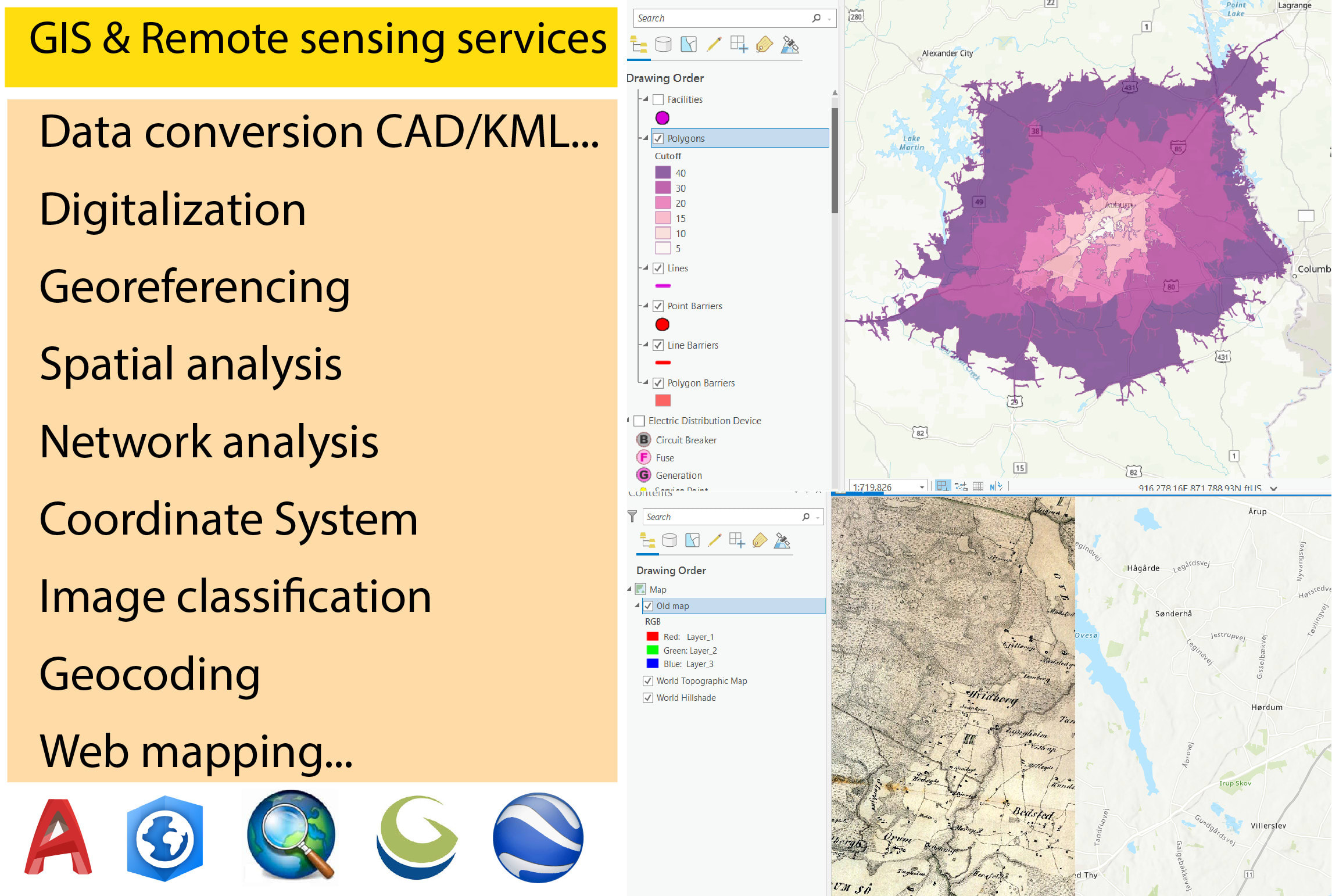

Convert arcgis file to qgis pro#
I’m using the most current version of ArcGIS Desktop 10.6.1 and ArcGIS Pro 2.2.3. With ArcGIS Pro you have to convert geojson file first to json or something else that ArcGIS Pro can use. I tried to see if I can also view the geojson file in ArcGIS Pro but the file format was not recognized. I guess ArcGIS desktop with the Data Interoperability extension turned on it somehow automatically imported the geojson file in ArcMap for me. The data would still be stored in one of the following ways : 1. QGIS is a tool and not a data store or data structure. lyr file, which can only be used in ArcGIS.

I have Data Interoperability extension so was able to just add the geojson file in ArcMap. Answer (1 of 3): Could you please elaborate your question as it doesnt look technically correct. QGIS will handle the conversion to that projection: Because this data is not yet. you can either select layer from the menu and click on save as. 3.) In the Layer file appearing in the left upper side, right click on it, and select save as. GIS software, like QGIS, ESRI ArcGIS and MapInfo, have tools to export GIS data. Select the coordinate reference type system if coordinate reference window pop ups and press ok. Note: Viewing geojson file in ArcGIS Desktop and ArcGIS Pro requires a Data Interoperability Extension, and it needs to be activated or turned on first. For the file type, select ESRI Shapefile or another format if needed. In this case I would stick with QGIS, but I listed the steps for ArcGIS below for your information.

I’ve tried all 3 different file extensions and they all seem to work.Īdding and viewing geojson data in ArcGIS Desktop and ArcGIS ProĪrcGIS desktop and Pro can also read geojson files but it’ll cost you a pretty penny ($$$) because you need the data interoperability extension. If trying to add the original *.geojson file crashes the you can try changing the files extension to either *.json or even as *.geojson.txt. If you have a geojson file on your local hard drive or network and want to view/use it in QGIS, you can just drag and drop it from the Browser Panel into the Layers Panel or just double click on the file will add it to the Layers Panel. QGIS is able to handle these files directly you just add them as a vector layer. pbf is a compressed binary version of the osm. You can try doing one of the following options below to add geojson to QGIS for viewing. The native file format of OSM is the osm / pbf format. QGIS can natively open geojson file but it doesn’t always consistently work – at least for me, and I’m not sure why it works sometimes or doesn’t.
Convert arcgis file to qgis download#
Once you download the geojson file, how do you view it? Anyway, I was interested in seeing what the building footprints look like for Hawaii as well as wanting to do a quick comparison of the Microsoft/Bing buildings outlines to the one that the City and County of Honolulu has and the OSM buildings extract. The Bing building footprints are open source and can be downloaded for use in geojson format - which is what this post is about.


 0 kommentar(er)
0 kommentar(er)
